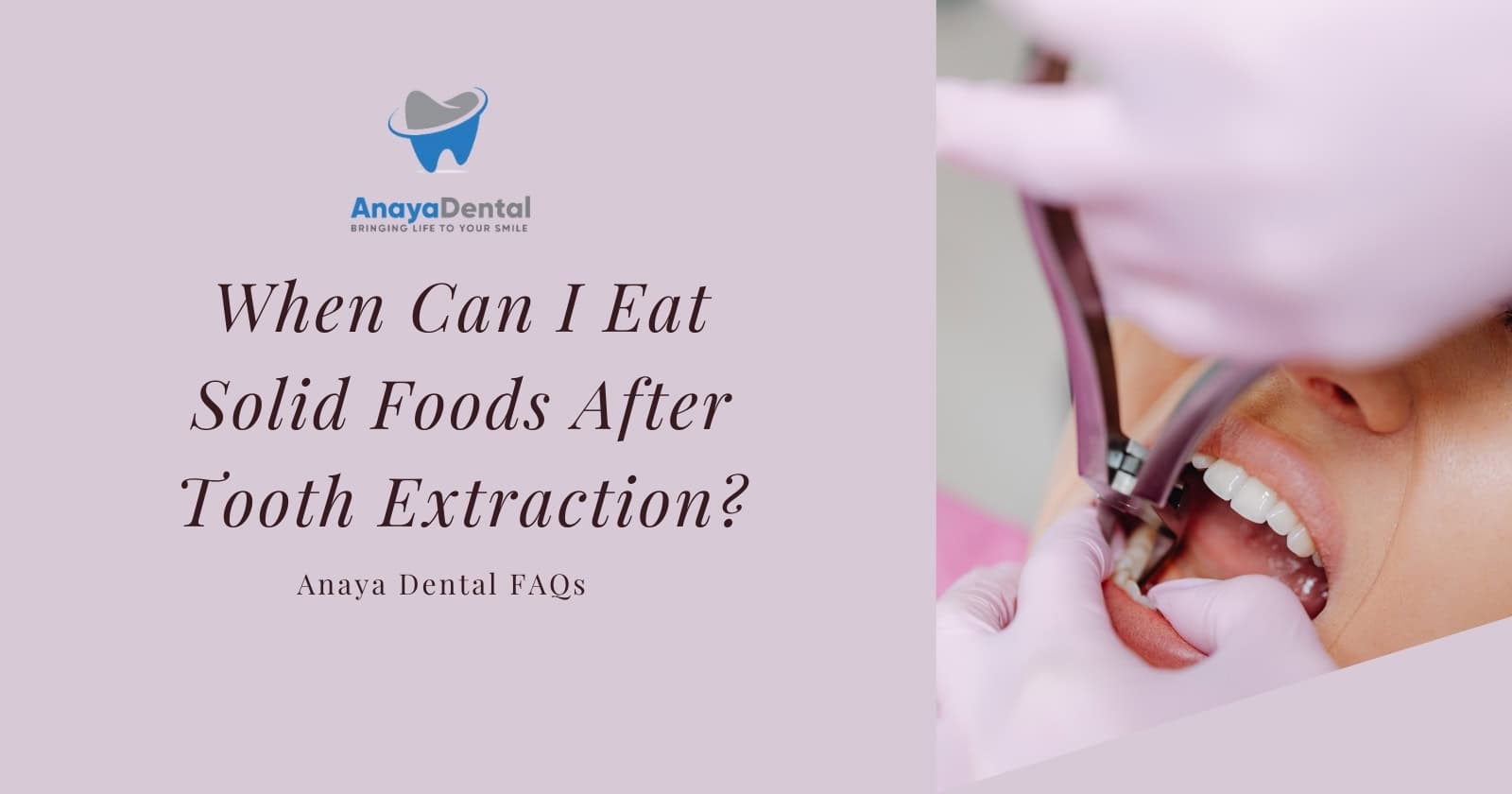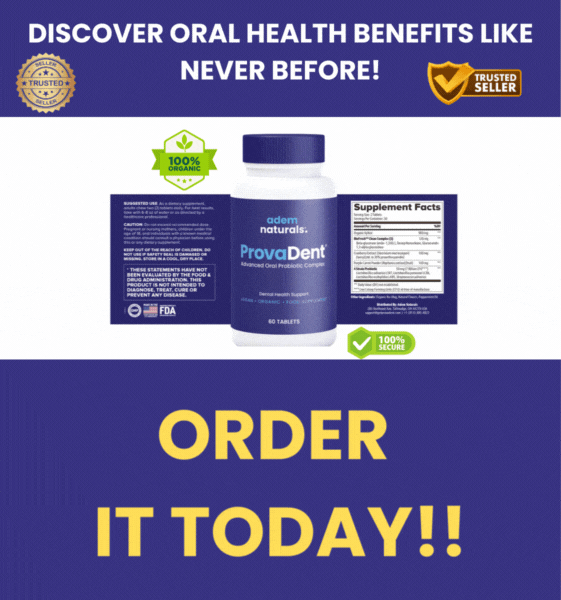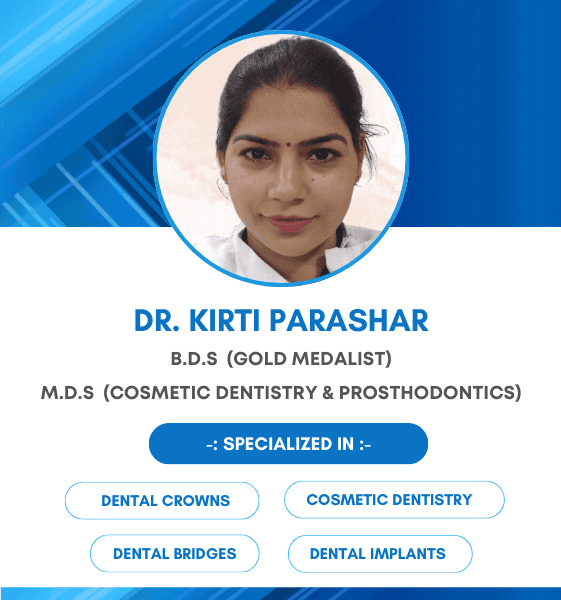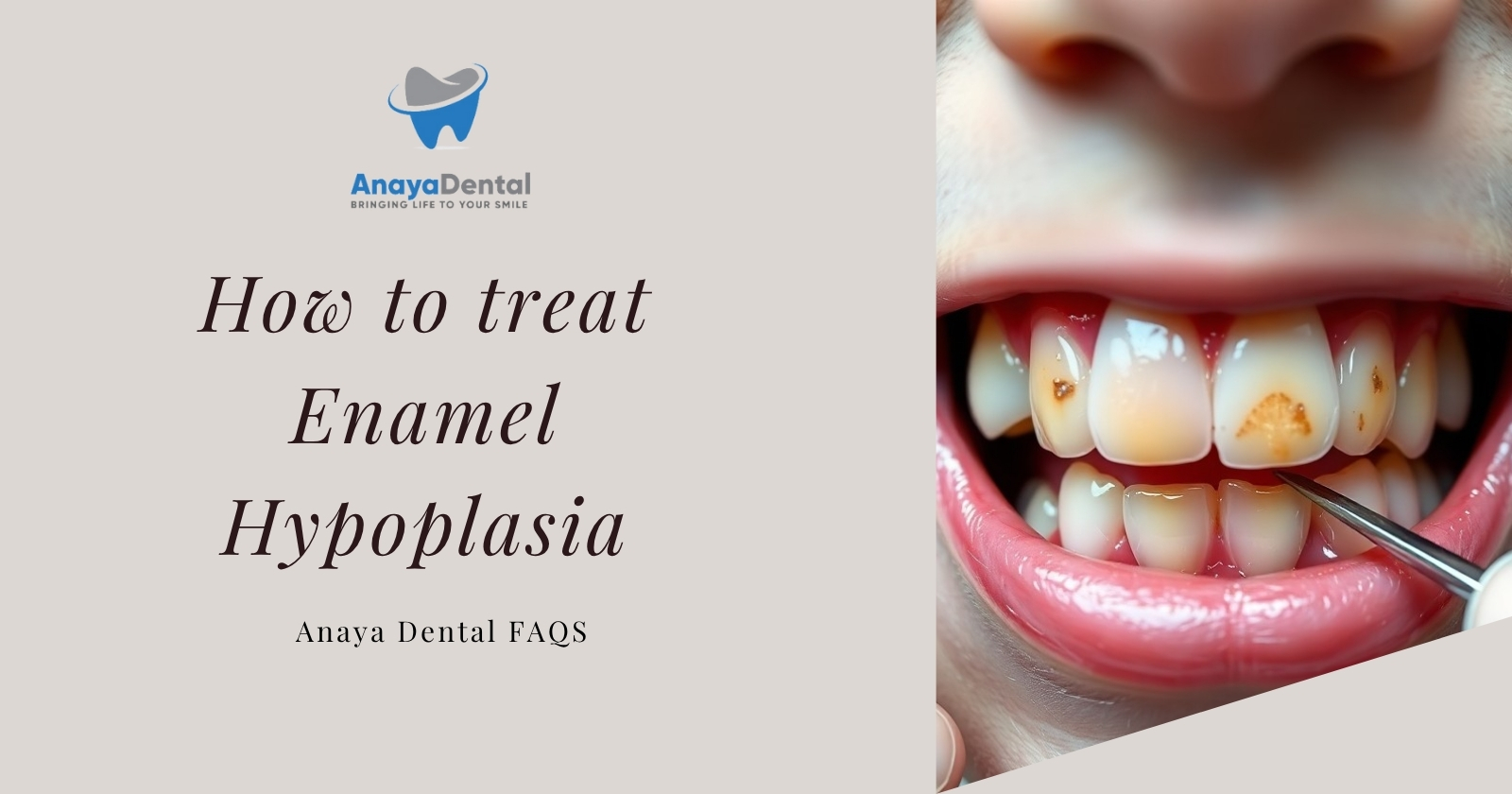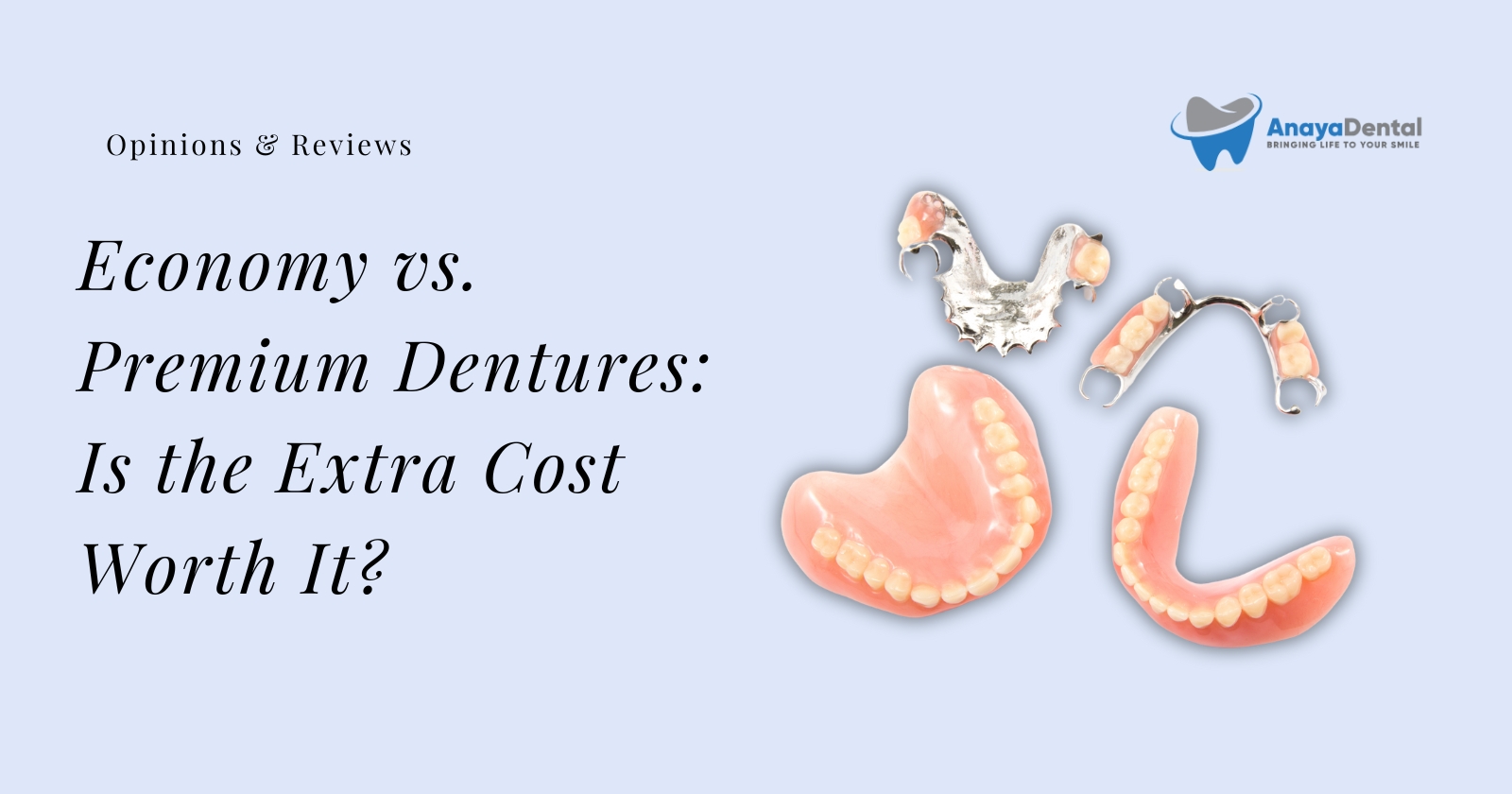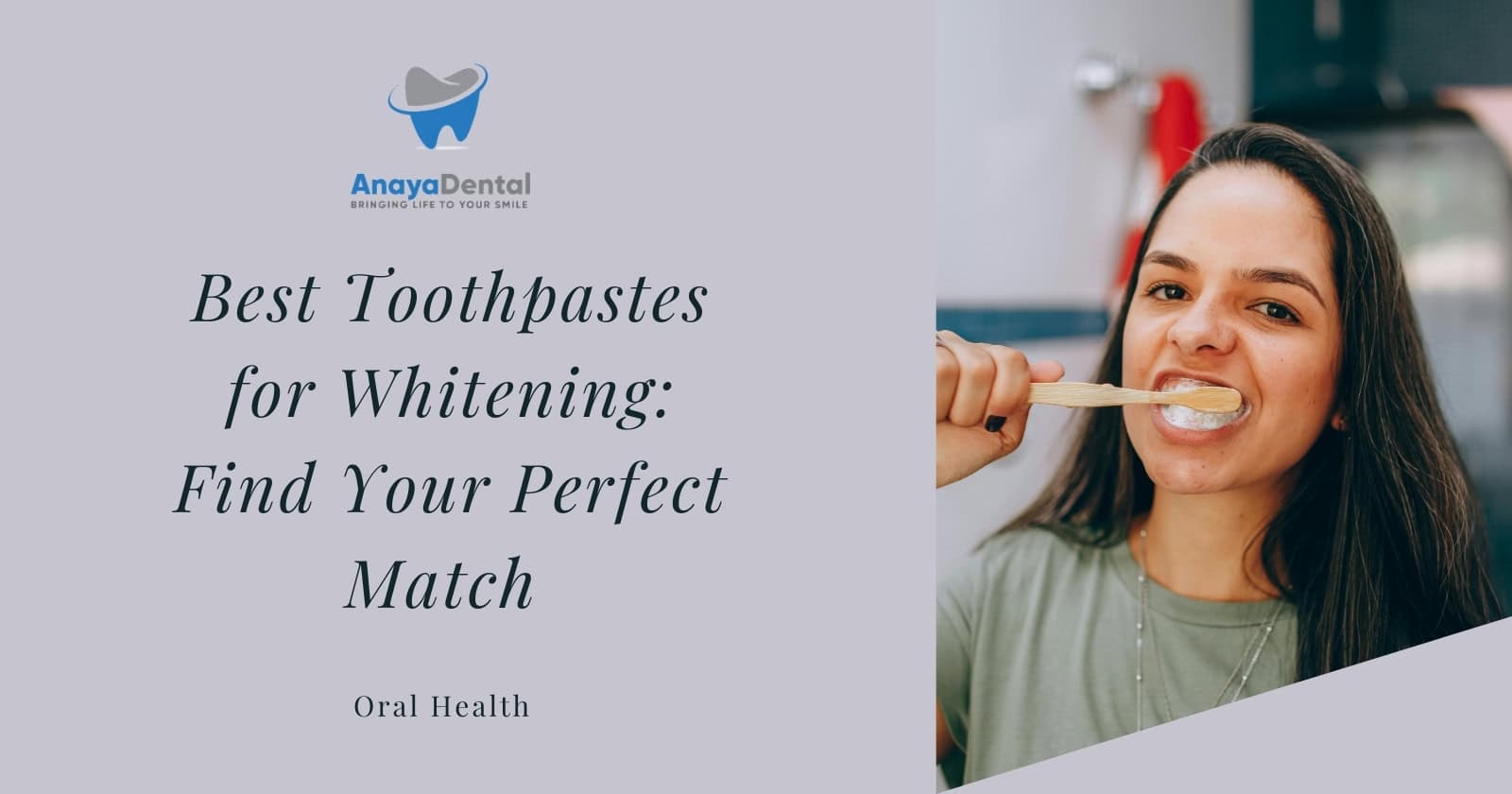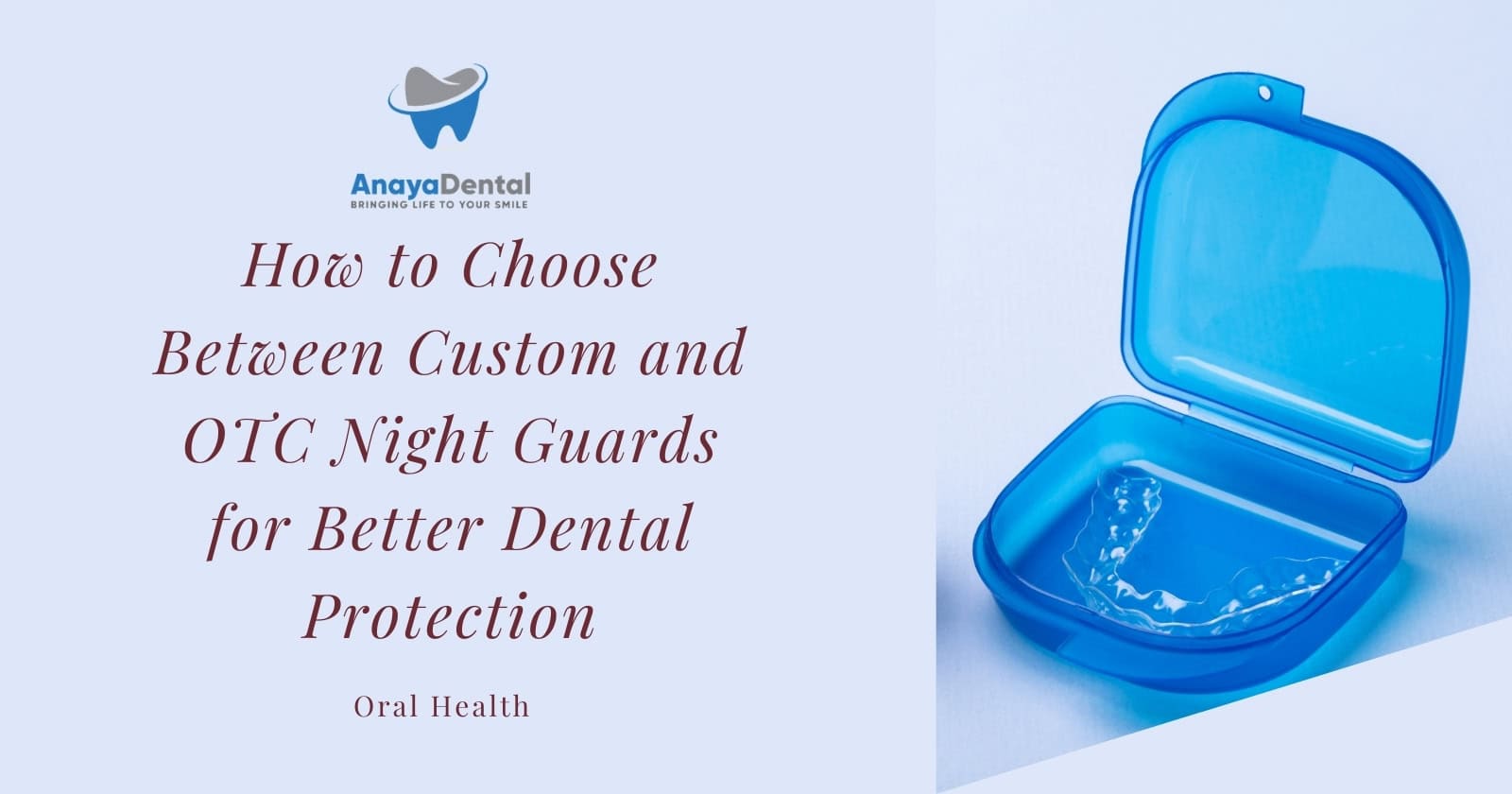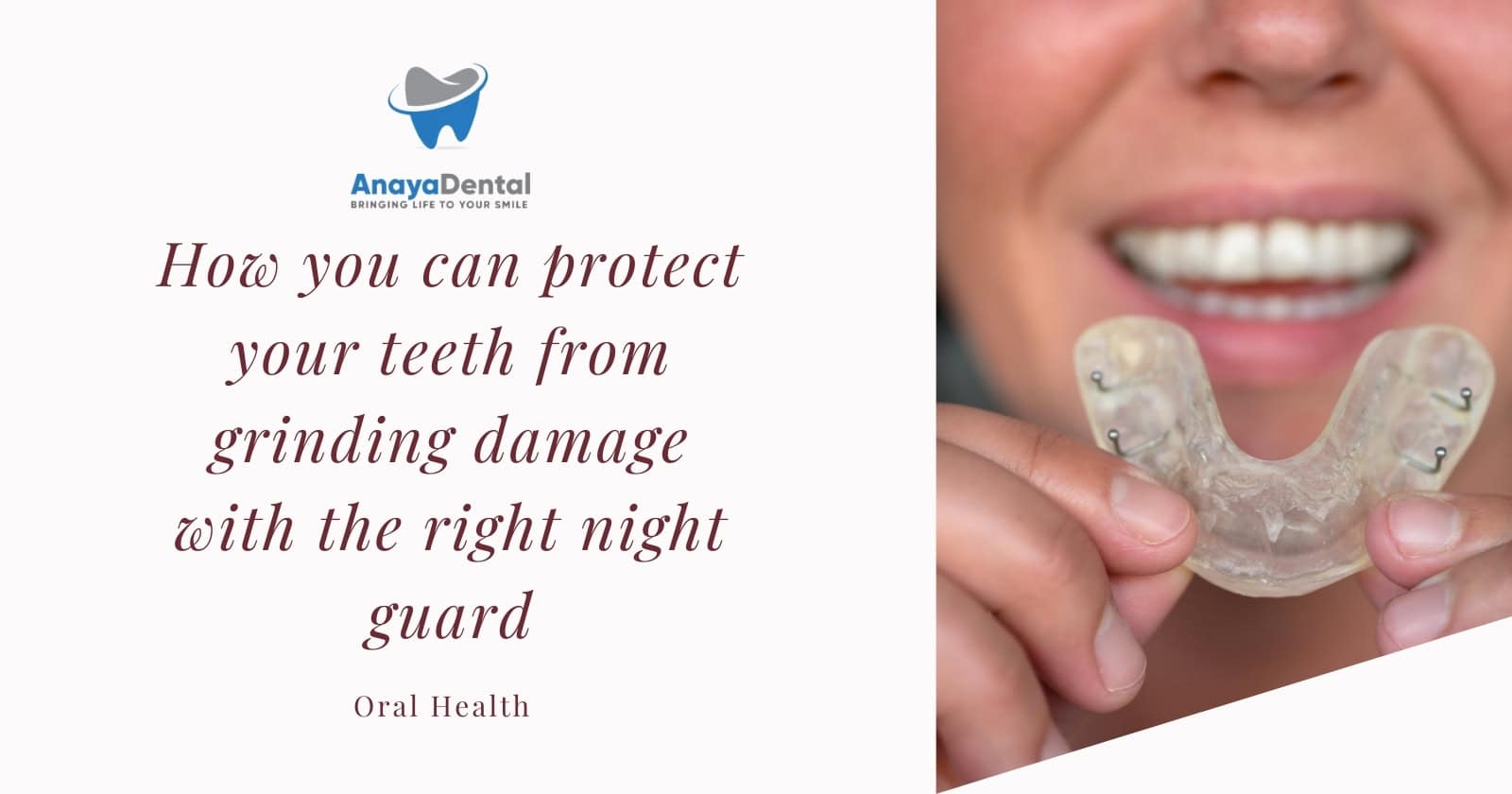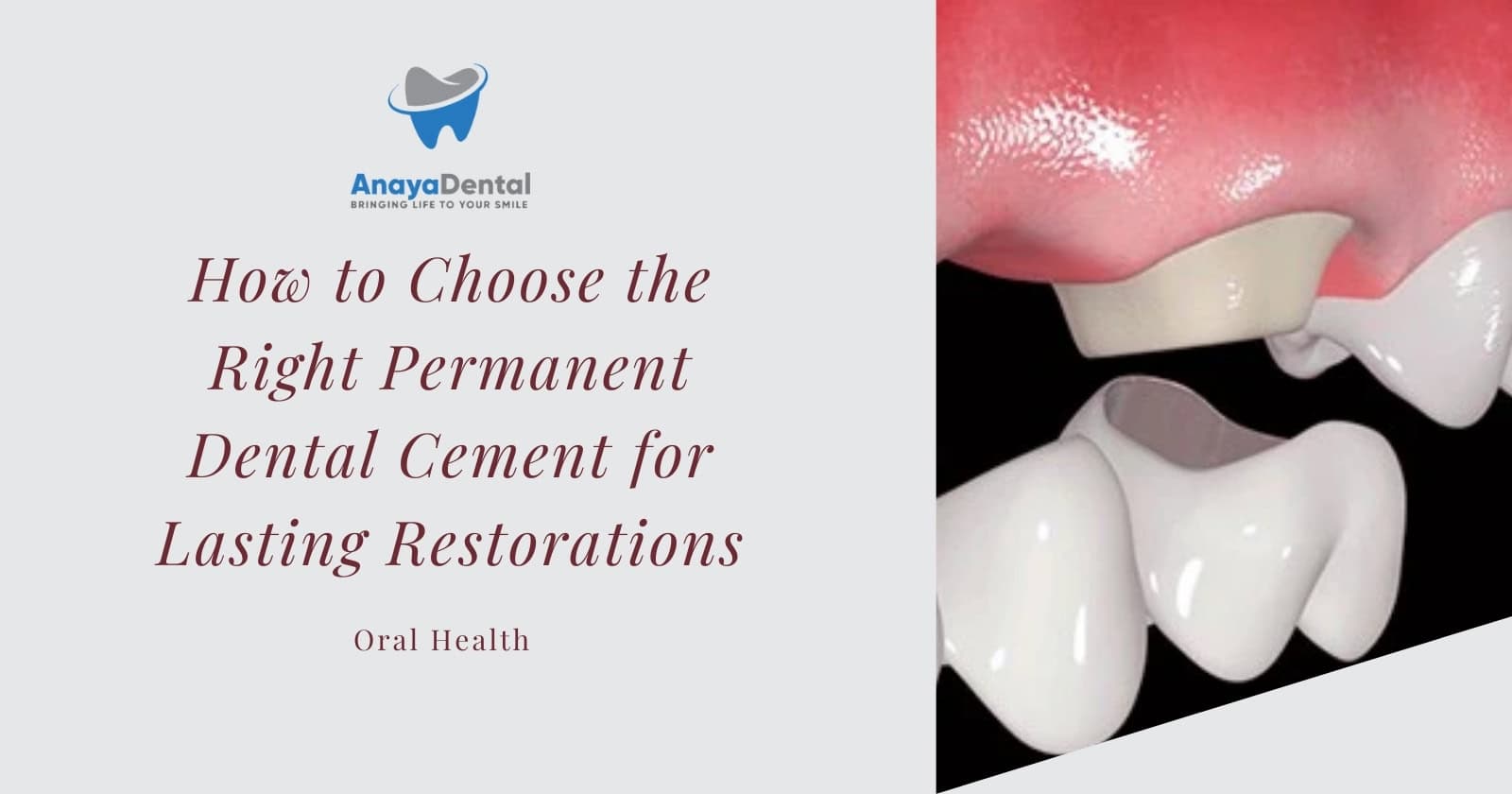After a tooth extraction, it’s essential to avoid solid foods for at least seven days to protect the healing site and maintain the stability of the blood clot. Initially, stick to liquids and soft foods like yogurt and soups. Gradually introduce solid foods, ensuring to chew on the opposite side of the extraction site. Paying attention to your diet supports faster recovery and reduces complications. For more insights on ideal post-extraction care, keep exploring.
Why do I need to avoid solid food after tooth extraction?
After a tooth extraction, it’s vital to avoid solid foods to protect the delicate healing process. Your focus should be on post-extraction care, which involves adhering to specific dietary restrictions to guarantee ideal healing. Consuming soft foods like yogurt or mashed potatoes prevents irritation and disruption at the extraction site. This is important because the initial phase of the healing process relies on a stable blood clot forming, which can be dislodged by solid foods.
Paying attention to oral hygiene during this time is significant. Gently rinse your mouth with warm salt water to keep the area clean without disturbing the site. These recovery tips will help minimize complications and promote faster healing, allowing you to shift back to regular foods safely when your dentist advises.
Try Our Dental Calculators
How long after wisdom teeth removal can I eat?
After a tooth extraction, avoiding solid foods is vital to protect the healing site and prevent complications. In the first 24 hours, sticking to liquids and very soft foods helps maintain the blood clot important for healing. As you gradually shift from day two to beyond, introducing more solid foods should be done cautiously to guarantee proper recovery and minimize irritation.
Immediate post-extraction period (first 24 hours)
When you undergo a tooth extraction, it’s essential to prioritize the healing process, which means avoiding solid foods for the first 24 hours. Your focus should be on soft food options that support healing and minimize discomfort. Proper nutrition after extraction aids recovery, while hydration is key in maintaining overall health. Implement these pain management strategies to guarantee a smooth recovery:
- Opt for mashed potatoes or yogurt as soft food options.
- Confirm adequate hydration to support the healing process.
- Avoid hot, spicy foods to prevent irritation.
- Use over-the-counter pain relievers as needed.
- Rest and avoid strenuous activities to promote healing.
Following these guidelines will help maintain the blood clot’s stability, essential for preventing complications and guaranteeing a swift recovery.
From Day 2 to 7
While it’s tempting to dive back into your regular diet, sticking to soft foods from Day 2 to 7 after a tooth extraction is essential for ideal healing. This period is significant in your healing timeline, and choosing the right soft food options will facilitate recovery. Incorporate foods like mashed potatoes, yogurt, and soups that require minimal chewing techniques, reducing pressure on the extraction site. Meal planning is important to guarantee balanced nutritional considerations, which will support the body’s repair processes. Avoid solid foods that necessitate vigorous chewing, as they can disrupt the blood clot, delaying healing and increasing discomfort. Adhering to this regimen will safeguard your recovery, ultimately paving the way for a successful shift to more solid foods later.
Days 7 and beyond
Even as you reach Day 7 and beyond after a tooth extraction, it’s crucial to understand that your mouth is still healing and requires care. Avoiding solid foods during this time helps prevent complications and promotes a smoother recovery. Focus on soft food options that ease the healing process. Here are some tips for successful post extraction care:
- Prioritize soft foods like scrambled eggs, yogurt, and mashed vegetables.
- Chew carefully on the opposite side of your extraction site.
- Stay hydrated with water and nutritious smoothies.
- Incorporate high-protein foods to support tissue repair.
- Manage discomfort with over-the-counter pain relievers as recommended.
Follow these guidelines to promote a healthy recovery and minimize any setbacks as your body continues to heal.
Can I eat 3 hours after tooth extraction?
After a tooth extraction, it’s vital to give your mouth sufficient time to form a protective blood clot over the extraction site, which typically means avoiding eating for the first few hours. Eating just three hours post-extraction can disrupt this critical healing process. You should adhere to dietary restrictions and focus on post extraction comfort by choosing soft food options like applesauce or pudding once you’re cleared to eat. These choices minimize chewing, reducing strain on the extraction site. Oral hygiene tips include gently rinsing with warm salt water to maintain cleanliness without disturbing the site. Prioritize your healing process by letting your body form a stable clot, which helps prevent complications and promotes a smoother recovery. Patience now leads to ideal healing later.
Can I drink milk after tooth extraction?
Can you enjoy milk after a tooth extraction? Absolutely, milk can be a advantageous part of your post-extraction care. It’s packed with crucial nutrients that support recovery nutrition, helping your body heal faster. Milk benefits include calcium and protein, crucial for tissue repair. However, make sure it’s consumed at room temperature to avoid disturbing the healing site.
Here are some considerations:
- Hydration importance: Milk contributes to your fluid intake, aiding hydration.
- Dairy alternatives: If you’re lactose intolerant, consider almond or soy milk.
- Smooth texture: Milk’s smooth consistency is gentle on your extraction site.
- Nutrient-rich: Provides essential vitamins and minerals for healing.
- Avoid straws: Drinking directly from a glass prevents dislodging the clot.
Incorporate these into your recovery regimen for best healing.
What can you eat after wisdom teeth removal?
Wondering what you can eat after wisdom teeth removal? Stick to soft food options to promote healing and minimize discomfort. Smoothies, mashed potatoes, and yogurt are excellent choices. Incorporate healing foods rich in vitamins like avocados and bananas, which are soft and easy to consume. Prioritize nutritional considerations by including protein-rich options like scrambled eggs or tofu to aid recovery. Meal planning is essential; prepare soft foods in advance to guarantee you’re nourished without straining the extraction site. For best recovery tips, avoid anything crunchy or chewy that might disrupt the healing process. Keep your meals simple and focus on foods that are gentle on your mouth, facilitating a smooth shift back to normal eating habits.
Foods to eat after wisdom teeth removal
Following the removal of wisdom teeth, choosing the right foods becomes crucial for a smooth recovery. Focus on soft food recipes and meals that don’t strain your healing gums. Incorporate smoothie suggestions into your diet for a nutritious boost without chewing. Gentle snacks provide you with sustenance while being easy on the mouth. Nutritious liquids like broths and soups guarantee you stay hydrated and nourished. Effective meal planning helps maintain a balanced diet during this recovery phase.
Consider these options:
- Mashed potatoes for a comforting, easy-to-eat side.
- Yogurt, which provides probiotics and is gentle on the mouth.
- Smoothies packed with fruits and vegetables for vitamins.
- Applesauce as a sweet, simple snack.
- Protein shakes to support your nutritional needs without solid food.
Foods to avoid after tooth extraction
After a tooth extraction, it is crucial to steer clear of certain foods to promote ideal healing and prevent complications. Avoid hard, crunchy foods like nuts and chips, which can disrupt the extraction site. Skip sticky foods, as they can lodge in the socket and complicate the healing process. Steer clear of foods requiring a straw, such as smoothies, which can lead to dry socket by dislodging the clot. Soft food options like mashed potatoes and yogurt are recommended. For post extraction care, plan your meal prep around these healing process tips. Follow nutrition guidelines by incorporating nutrient-rich, easy-to-eat meals. Prioritize soft foods over tough meats or alcohol, ensuring your body gets the nutrients needed for a smooth recovery.
Frequently Asked Questions
How Long Does It Take for the Extraction Site to Fully Heal?
The healing timeline varies but usually takes 1-2 weeks. Factors affecting it include post-extraction care, oral hygiene, and avoiding signs of infection. Follow your dentist’s oral hygiene tips to guarantee faster healing and prevent complications.
Can I Chew Gum After Tooth Extraction?
After tooth extraction, you shouldn’t chew gum immediately. Follow dental advice and prioritize recovery tips. Opt for soft gum choices later, using gentle chewing techniques. Maintain oral hygiene to guarantee effective healing and prevent complications during your recovery period.
Is It Okay to Smoke After a Tooth Extraction?
After a tooth extraction, you shouldn’t smoke as it negatively affects the healing process. Smoking disrupts blood flow, delays healing, and increases pain. Prioritize oral hygiene and pain management for ideal recovery and avoid complications.
What Symptoms Indicate Complications After Extraction?
You should monitor for severe pain, increased swelling, excessive bleeding, or signs of infection like fever. Prioritize pain management, swelling reduction, and bleeding control. Seek follow-up care promptly if any complications arise to guarantee proper healing.
How Can I Prevent Dry Socket After Tooth Extraction?
To prevent dry socket, follow post-extraction care by maintaining oral hygiene and using pain management strategies. Opt for healing foods like yogurt and mashed potatoes. Avoid smoking and use gentle rinses to support healing and reduce risks.
Conclusion
After a tooth extraction, it’s essential to prioritize your healing by carefully managing your diet. Initially, stick to soft or liquid foods to protect the extraction site and prevent complications. Gradually reintroduce easily chewable foods but always chew on the opposite side to safeguard the blood clot. By adhering to these guidelines, you’ll guarantee a smoother recovery and a quicker return to your regular diet without risking your dental health. Remember, patience and caution are key to successful healing.
